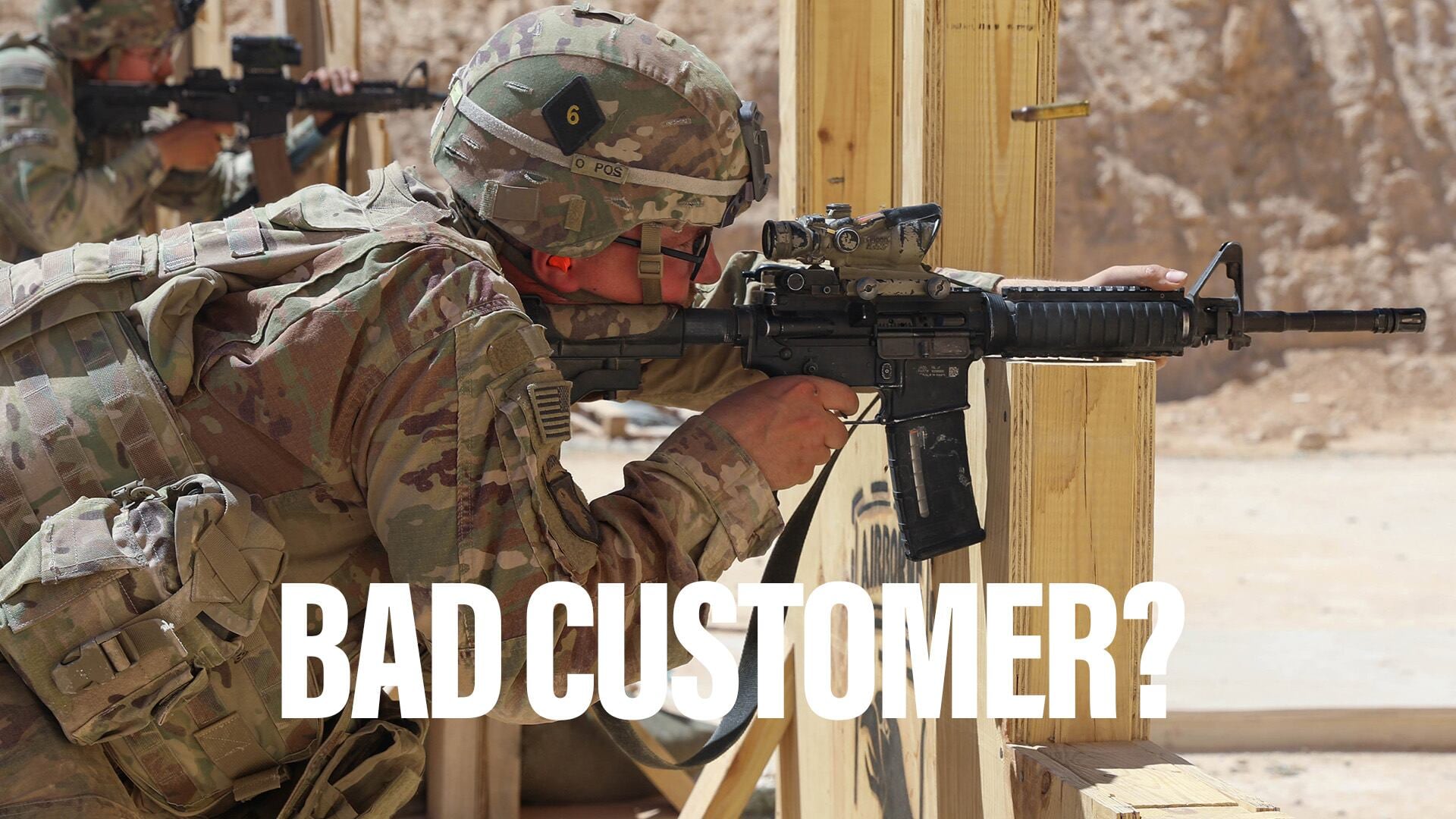Assessments of European defense technology and its industrial base, including by the European Parliament itself, eloquently describe an ecosystem with numerous challenges. The industrial base is fragmented, and industrial capability is duplicated across national borders.
Common European acquisition processes often move very slowly, even by U.S. standards. Procurement issues are compounded by inconsistent demand signals from governments across Europe. Once defense equipment is procured, the interoperability of that equipment is sometimes questionable.
Limitations in national defense budgets mean that governments are constrained in their ability to throw money at any of these problems.
Beyond the borders of Europe, industrial base readiness is also an increasingly salient issue. Refilling the stocks of munitions and other systems supplied to Ukraine in its self-defense against Russia’s invasion has taken on new urgency as stocks across the world dwindle and the West works to meet Ukraine’s demand.
In the United States, challenges in increasing the levels of defense production link to an industrial base that has been incentivized over the decades to prioritize efficiency over maintaining slack, difficulties in recruiting new factory workers in an economy with a low rate of unemployment, and supply chain limitations compounded by a lack of transparency into the lower tiers.
The idea of “ally-shoring” or “friendshoring” has frequently been offered as a solution. Under this model, the industrial base of the U.S. and its allies may be understood as a joint asset to supply capability as needed and to backfill what has been provided to Ukraine, or to build capability for other potential contingencies.
Building out unused capacity in manufacturing plants for new production is significantly cheaper and easier than building new factories, meaning that output could be available faster. During World War II, the “arsenal of democracy” took five years to engage — and defense manufacturing has only become more complicated since those days.
European nations make up many of the United States’ closest and longest-standing allies, so the European defense-industrial base is a natural place for the U.S. to look for refilling stocks if any excess capacity exists. However, even if it does, the lack of coherence in the European defense-industrial base creates a challenge for a cooperation strategy that extends beyond the standard intellectual property concerns and export control policies.
National interests continuing to prevail when it comes to defense production will limit the opportunities for increased cooperation useful for defense-industrial resilience, both on the European continent and across the Atlantic. And given that this cooperation may be necessary to develop and produce the capabilities needed for any future warfighting success, this represents a strategic risk.
Rather than waiting until the need is urgent — when there is a conflict underway — working together now can build the process expertise and communication pathways that support successful cooperation. The proverb “the best time to plant a tree was 20 years ago, and the second best time is now” applies to defense-industrial collaboration as well.
There are certainly examples of defense-industrial cooperation in Europe today. The question is whether these are seen as individual projects or part of a pathway toward something new.
While NATO or the European Union working to enhance defense-industrial cooperation as an alliance may yield the greatest results, even bilateral agreements can help build bridges. Nations dissatisfied with existing defense-industrial policy approaches can work to bridge national boundaries and embrace an evolution toward a more integrated strategy, with a specific focus on building on success over time.
A “crawl, walk, run” approach focused on developing cooperation will yield better results than one starting with the most complex problems, even if they are urgent.
Initially, nations could cooperate to fill specific and pressing gaps, such as munitions for legacy systems, including 155mm howitzer shells. These systems have a high degree of standardization and are not subject to some of the most stringent export controls.

An intermediate and more complicated step could be designing the manufacturing enterprise for a weapon system that spans national boundaries and is tuned to provide manufacturing surge capacity, to enhance resilience. This will require industry and governments to work together — for governments to understand that surge capacity is something that they have to invest in as a distinct capability.
A larger vision of integration would be the international procurement of interchangeable defense systems across a network of allies and partners. This may prove to be a generational political and economic challenge, but building that capability and capacity to cooperate will make Europe and the United States more responsive and resilient to existing and future threats.
Cynthia Cook is director of the Defense-Industrial Initiatives Group and a senior fellow with the International Security Program at the Center for Strategic and International Studies think tank.








